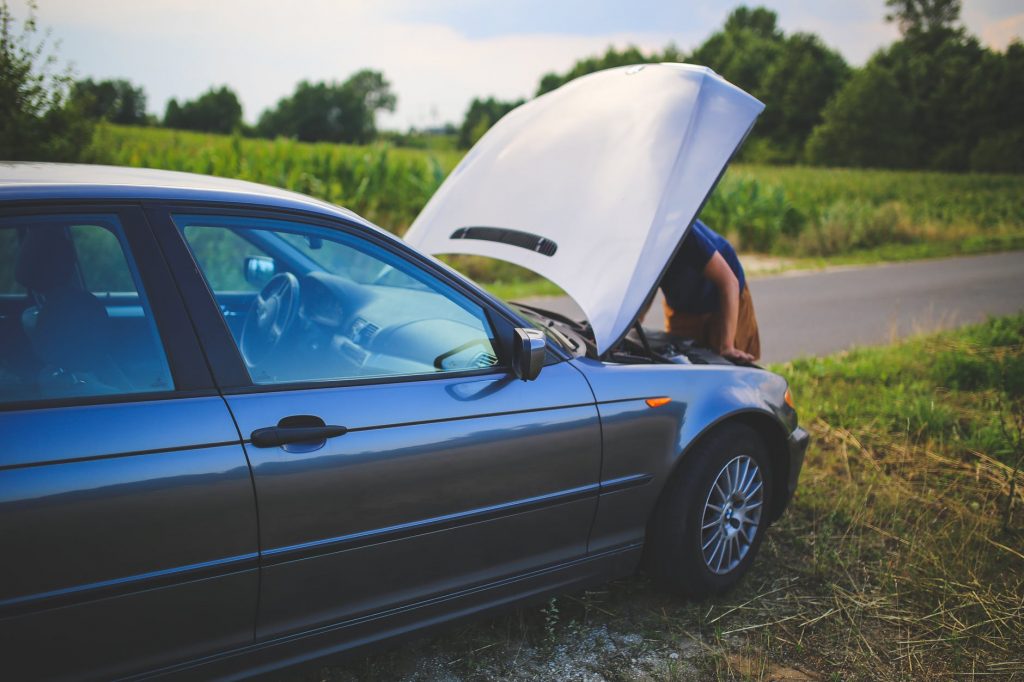
If you are not super experienced, installing a car engine can be a strenuous task. Although it is not super likely, many things can go wrong when you install a car engine on your own. It is crucial to prepare appropriately if you plan to install it on your own. Here are eight things to consider when installing a car engine by yourself.
Fix the Problem of the Previous Engine
There was a reason the previous engine failed, figure out the cause and solve it before installing your own engine. If you fail to determine why the previous engine failed, the new engine most likely will not last long. There are a plethora of reasons the engine could have failed. Overheating and water in the oil are two common reasons for engine failure. It is also possible that the timing belt failed, or you just had an ancient engine. Figure out the cause and then fix it.
Replace the gaskets, timing belt, and seals
Replacing these things is not super necessary, but it is the perfect time to do it. It is much harder to do and will cost much more money to replace these items when the engine is in. It is best to get it over with while the engine is out. It is possible the new engine will come with a new timing belt, so after you purchase new seals and gaskets, you will be all set. Make sure to double-check that everything was done correctly when you are finished.
Be Extra Careful not to Drop Anything.
Although it sounds dumb, it happens much more often than people would care to admit. Dropping items in the new engine can create long term damage and make you have to repeat this whole process.
Inspect the New Engine
The worst thing that can happen is installing a new engine that isn’t built correctly or is already broken. Inspecting the engine before installing it will ensure that the engine will work right after you put it in. An easy way to check this is by comparing the new engine to the old engine. It is possible the parts got switched up or mismatched. You would much rather check the engine and have it be perfect rather than not reviewing it and having it messed up.
Watch the Temperature
Since it is very easy for mistakes to happen, make sure to carefully observe the temperature when you first run your new engine. Also, make sure to watch for leaks when seeing the new engine in action.
Replace Other Things
Other things like belts, spark plugs, clamps, hoses, and a thermostat, need to be replaced at some point. Take the time while you are already working on your car to replace these items. Replacing these kinds of stuff frequently limits the chances something in your vehicle will not function properly. Making sure things function correctly severely limits the chances of some car accidents.
Oil Change
The new engine was most likely drained before being sold, so make sure to insert some fresh oil.
Get Rid of Debris
There is most likely debris left behind after taking out the engine, get rid of those before putting in the new engine, or it could cause damage.
Replacing an engine can sometimes be dangerous, but taking the right precautions will help to make sure you and your car are safe.